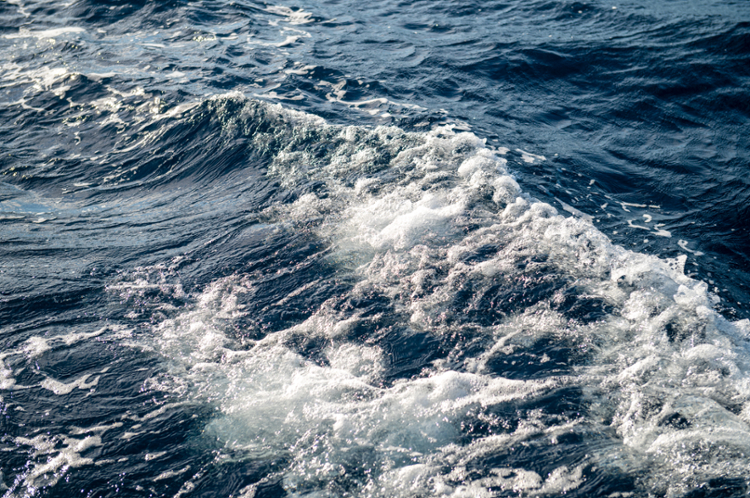iSnapper Data Helps to Make Historic Changes to Red Snapper Fishery – And You Can Help
CORPUS CHRISTI, Texas – On June 1, Texas will open its longest private recreational Red Snapper season in over a decade. With more than 90 possible fishing days open to anglers, researchers at the Center for Sportfish Science and Conservation are encouraging you to download the iSnapper app before heading out on your first fishing trip, and get involved in an important citizen science effort supporting better management and access to this fishery.
The iSnapper app was created by the Harte Research Institute for Gulf of Mexico Studies at Texas A&M University-Corpus Christi’s Sportfish Center. In a partnership with Texas Parks and Wildlife Department (TPWD), this app provides users with a way to log their catches and fishing trips, which in turn helps improve fish management. The data is sent securely to researchers to generate catch statistics and better manage the Red Snapper fishery.
“The iconic Red Snapper represent the most economically important finfish fishery in the Gulf of Mexico,” said Dr. Greg Stunz, HRI Chair for Fisheries and Ocean Health and Director of the Sportfish Center. “Having the most-timely data for recreational catches will allow the most efficient management of this fishery while bolstering angler access and the economies of coastal communities.”
It will be more important than ever this year for Texas fisheries managers and scientists to have accurate red snapper catch data, said Tara Topping, a Sportfish Center research specialist and project manager for iSnapper. In a historic decision earlier this year, the Gulf of Mexico Fishery Management Council unanimously voted to give state fisheries management agencies like TPWD the responsibility to manage harvest of red snapper in the Gulf of Mexico beginning in 2020. Texas will be using the data from apps like iSnapper to help study and manage its own fishery.
“Because now we’re taking management of this fishery into our own hands, this is ultimately going to be the angler’s fishery. This is their chance to get involved in how it is managed,” Topping said. “We’ve been collecting data through iSnapper since 2015, and it has allowed us to compare our landings with TWPD to help us to get the most accurate results.”
Last year during the 82-day Red Snapper season, a total of 337 trips were reported, including both the initial and extended federal seasons. A total of 2,851 Red Snapper were reported harvested by 1,468 anglers. This helped management tremendously, and researchers are striving to keep this momentum going.
Red Snapper are one of the most highly-targeted and controversial fish species in the northern Gulf. Considered overfished since the 1980s, anglers have seen a dramatic reduction in both the fishing season and bag limits in recent decades. A three-day season ordered in 2017, set to be the shortest ever in federal waters, was so controversial that the U.S. Department of Commerce took the unprecedented move of ordering a 39-day extension. But at the same time, anglers in the field are seeing more Red Snapper than ever, creating mistrust in the data that fishery managers are providing. Challenges with calculating accurate harvest estimates during the short seasons compounded the problem.
iSnapper was designed to be simple, fast, and easy to use on the go. After downloading and registering with iSnapper, anglers simply open a new trip and answer a few questions each time they head out on the water. It’s especially important to provide accurate vessel registration numbers during the registration process so data can be properly validated and recorded. Then, anglers can put their phones away for the rest of the day. On the way back to the dock, users can reopen iSnapper, record the number of fish they harvested, released and give a general fishing location. Moments later, the data is sent securely to researchers to generate catch statistics and better manage the Red Snapper fishery.
Fishermen can also save favorite fishing photos, get local weather reports, and view previously submitted trips to save favorite fishing spots.
The Sportfish Center has extensive expertise studying Red Snapper populations and habitat use in the Gulf, and is currently leading the “Great Red Snapper Count,” a $12 million study that will estimate the number of highly sought-after Red Snapper in the U.S. waters of the Gulf of Mexico. Partnering with local commercial and recreational fishermen, researchers have tagged and released over 4,000 legal-sized Red Snapper that fishermen can report for a reward and to help contribute to science - another good reason to be on the water this Red Snapper season.
Additional Information
For more information, visit iSnapper.org or the CSSC’s website, SportfishCenter.org.

